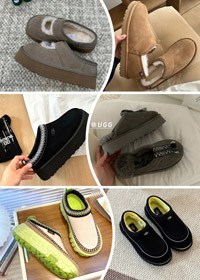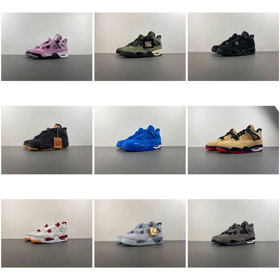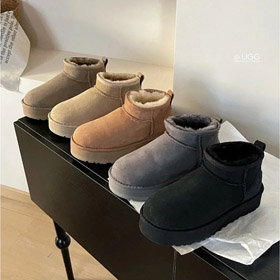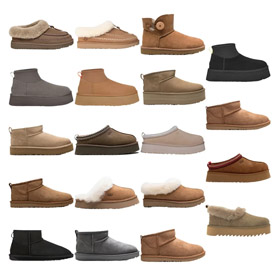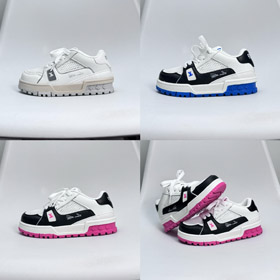How Luxury E-Commerce Platforms Use Big Data to Recommend Designer Items
The sophisticated algorithm behind personalized recommendations for Hermès, Chanel, Louis Vuitton, Gucci and Prada
Popular shopping platforms now leverage complex big data systems to analyze consumer behavior and deliver precise recommendations for luxury brands like Hermès, Chanel, Louis Vuitton, Gucci, and Prada. This intelligent system tracks multiple data points to understand shoppers' preferences at a granular level.
The Data Tracking Matrix
Platforms monitor several key behavioral indicators:
- Browsing history:
- Purchase patterns:
- Engagement metrics:
- Visual focus:
- Purchase patterns:
The Recommendation Engine
For example, if a user repeatedly examines Chanel's classic flap bags:
1. System recognizes continued interest in Chanel handbags
2. Analyzes specific attributes of viewed items (size, color, material)
3. Cross-references with similar users' purchase paths
4. Suggests complementary products like:
- New seasonal arrivals in the same collection
- Matching wallets or small leather goods
- Coordinating accessories from the brand
Optimizing Your Recommendations
Shoppers can improve their personalized suggestions through several actions:
Profile Completion
Update your style preferences, sizes, and favorite designers in account settings
Community Engagement
Like, comment, and share items from preferred luxury brands
Wishlist Curation
Maintain organized lists of desired items from target brands
This sophisticated matching system helps consumers discover more relevant luxury products while increasing conversion rates for retailers. According to data research by Oksheet,properly optimized recommendation engines can improve customer satisfaction by up to 35% in the luxury segment.














